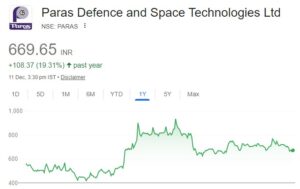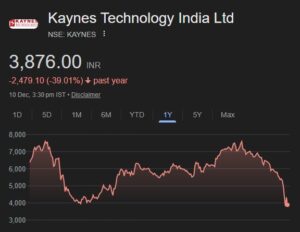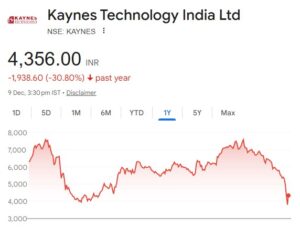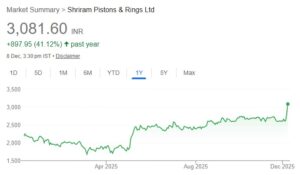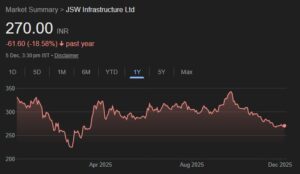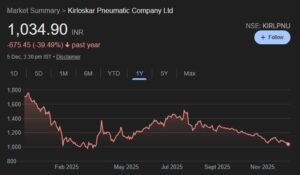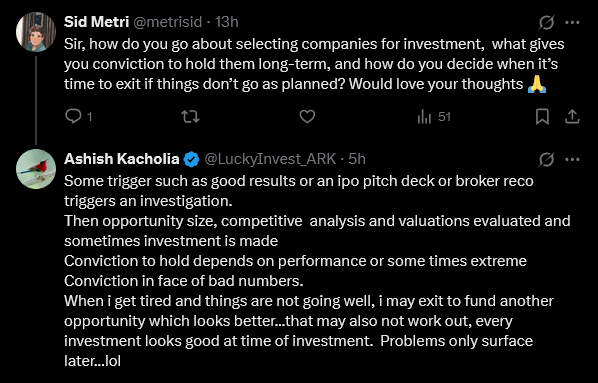
Renowned investor Ashish Kacholia recently provided a candid glimpse into his investing mind through a casual Twitter conversation with his followers. The exchange, which touched upon the core pillars of his strategy, from stock selection to long-term conviction and exit planning, offers valuable takeaways for new and seasoned investors alike.
The Genesis of an Investment: Triggers and Evaluation
When asked about his process for selecting companies, Kacholia outlined a systematic approach that starts with an initial trigger. This spark could be anything from strong quarterly results, a promising IPO pitch deck, or a brokerage recommendation.
However, a trigger only sets the stage for a deeper investigation. The key factors he evaluates before committing capital are:
- Opportunity Size: Assessing the potential market and growth trajectory of the business.
- Competitive Analysis: Understanding the company’s position relative to its rivals.
- Valuations: Ensuring the stock price is attractive relative to the company’s fundamentals and future prospects.
He notes that the decision isn’t always linear, stating, “…sometimes investment is made,” suggesting a blend of quantitative analysis and qualitative judgment.
Some trigger such as good results or an ipo pitch deck or broker reco triggers an investigation.
Then opportunity size, competitive analysis and valuations evaluated and sometimes investment is made
Conviction to hold depends on performance or some times extreme Conviction in…— Ashish Kacholia (@LuckyInvest_ARK) October 5, 2025
The Anchor of Conviction: When to Hold Long-Term
One of the most challenging aspects of investing is maintaining conviction through market cycles. For Kacholia, the commitment to hold a stock long-term is generally tied to performance. Yet, he also acknowledges moments of “extreme conviction in face of bad numbers.”
To illustrate this, another follower asked about holding a stock with great potential and management but no returns for several years due to external issues. His response underscores the importance of confidence in the underlying story:
“Depends on your confidence in the story, i waited for 5 years in Vishnu Chemicals because i never doubted the underlying profit generation capacity of the business.”
This highlights a key tenet of value investing: the ability to differentiate between temporary headwinds and permanent damage to a business’s core earnings power.
Depends on your confidence in the story, i waited for 5 years in Vishnu Chemicals because i never doubted the underlying profit generation capacity of the business
— Ashish Kacholia (@LuckyInvest_ARK) August 20, 2025
The Exit Strategy: Funding a Better Opportunity
Knowing when to exit a position is often more crucial—and difficult—than knowing when to enter. Unlike a rigid stop-loss rule, Kacholia’s exit strategy appears to be rooted in opportunity cost and emotional fatigue.
He stated that an exit may occur “when i get tired and things are not going well.” The primary motivation for selling is often to “fund another opportunity which looks better.”
Crucially, he provides a pragmatic reality check: “every investment looks good at time of investment. Problems only surface later…lol” This candid admission acknowledges the inherent uncertainty and psychological complexity of the investing journey.
Learning from Mistakes: The Power of Hindsight
No investor, not even a veteran, is immune to selling winners too soon. When a follower brought up his early exit from KEI Industries in 2017, Kacholia readily admitted the error: “Of course, in it was a mistake to have sold but hindsight is always 50:50.”
However, his perspective on the stock’s subsequent rise reveals a refreshingly positive outlook: “Also, I like it when stock goes up after I sell, it validates my original investment quality.” This philosophy transforms a missed profit opportunity into a confirmation of his initial judgment, reducing the sting of the error and reinforcing the quality of his selection framework.
Of course, in it was a mistake to have sold but hindsight is always 50:50. Also, I like it when stock goes up after I sell, it validates my original investment quality
— Ashish Kacholia (@LuckyInvest_ARK) August 20, 2025
Kacholia’s Twitter exchange provides an invaluable lesson: successful investing is not about a magical formula but a disciplined framework built on thorough investigation, a robust level of conviction tied to business fundamentals, and an exit strategy that remains flexible and grounded in opportunity cost.
